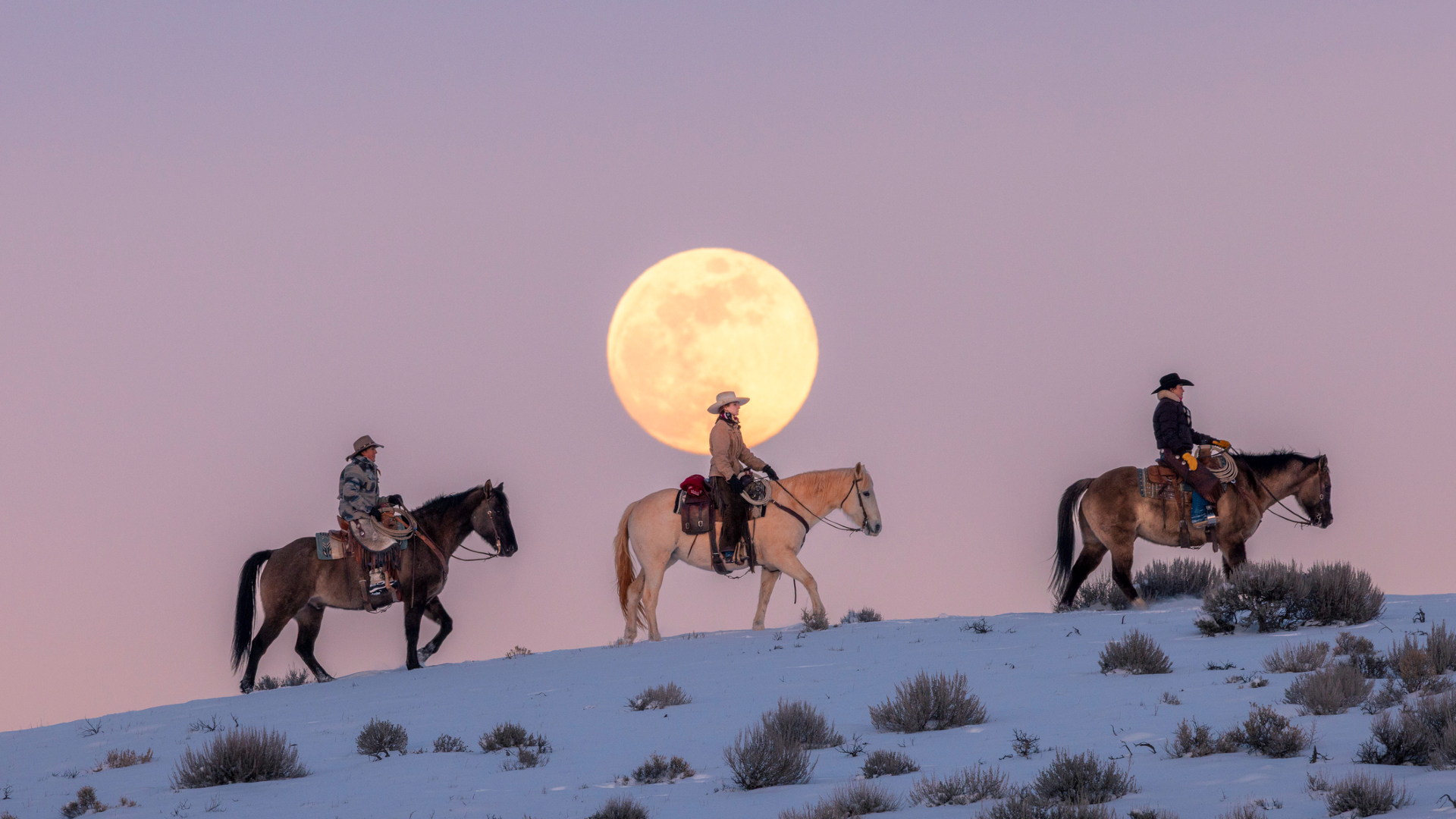How the James Webb Space Telescope works in pictures
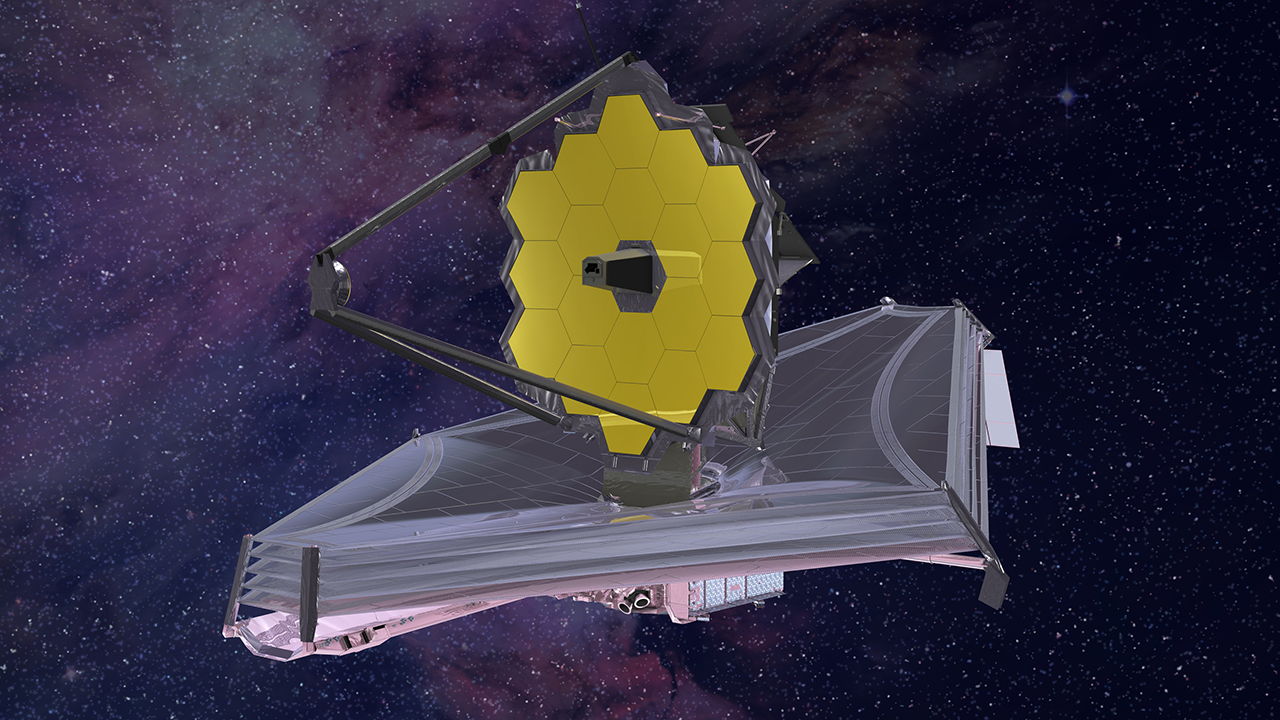
The James Webb Space Telescope, also known as Webb or JWST, is a high-capability space observatory designed to revolutionize fields of astronomy ranging from star formation to galaxy evolution and from the very first galaxies of the universe to the properties of planetary systems.
However, because JWST is a project of unprecedented complexity, the mission has struggled to launch. What had initially been proposed as a $1 billion observatory launching in 2007 became a $10 billion project that launched in 2021.
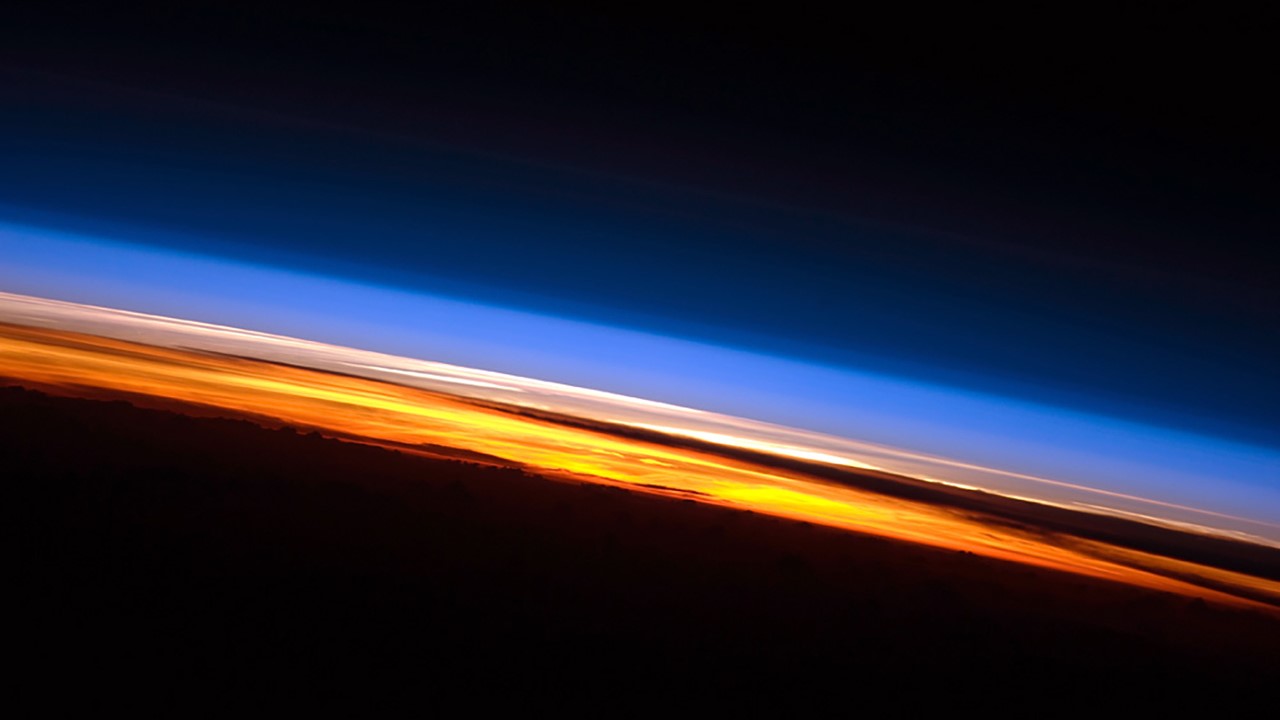
Telescopes on Earth face a key challenge: Even those that are far from the light pollution of cities, must observe through the atmosphere, which contains moisture that attenuates and distorts the signals instruments receive. That's why astronomers like placing their observatories in high-altitude places like Maunakea in Hawai'i, in dry places like Southwest U.S., or ideally in a spot that's both high and dry, like the high desert of the Atacama in northern Chile.
But no matter how high or dry you go, Earth's atmosphere will still pose problems. But there's another way to get around those limitations: put your telescope in space, where there's no atmosphere to blur your image. That's why Hubble and its counterparts have been so successful. If all goes well, JWST will become the latest entrant in the coalition of space telescopes.
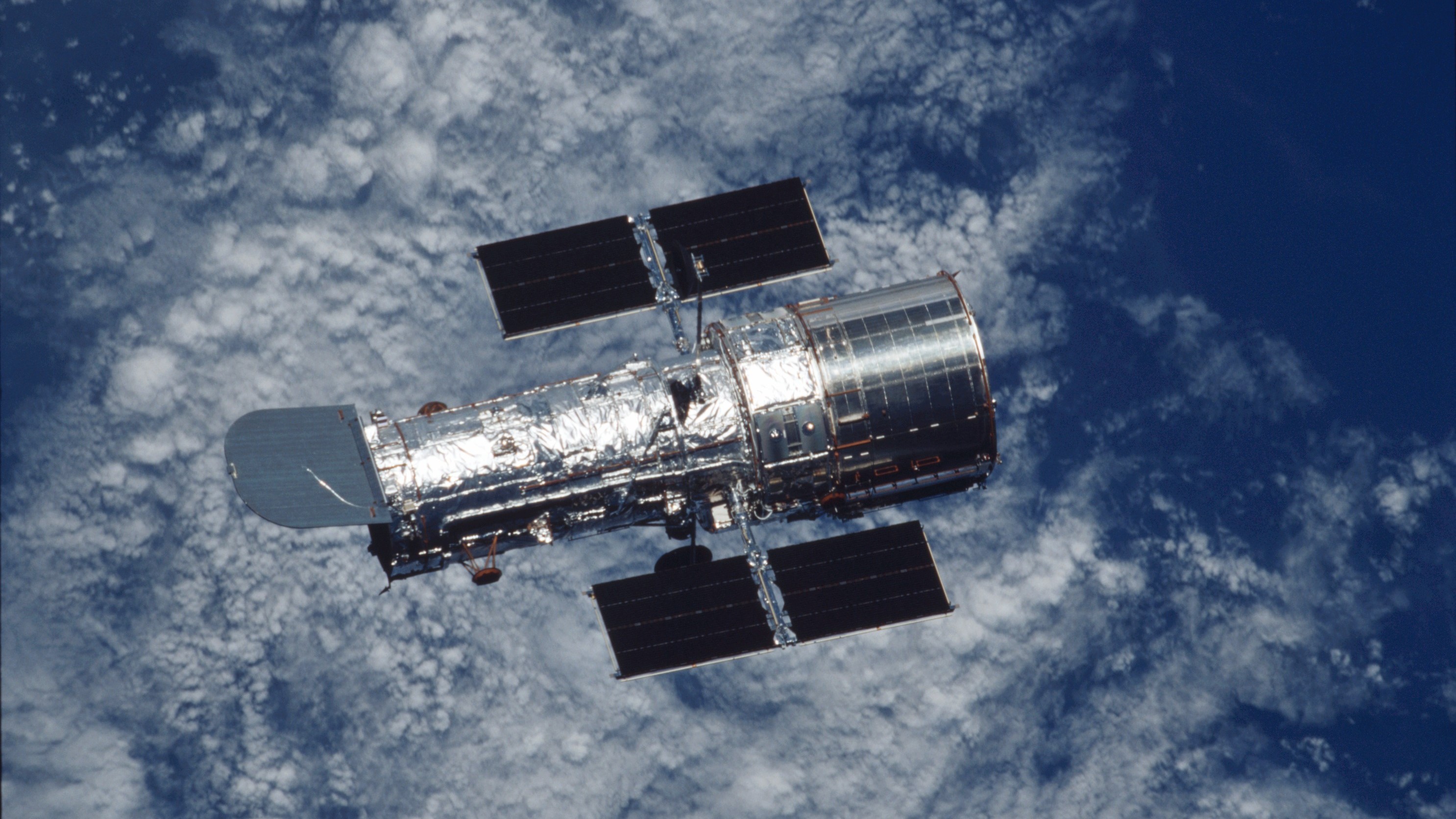
For three decades now, the iconic Hubble Space Telescope has been astronomers' eye far into the cosmos. It has provided astronomers with views into distant galaxies and dark matter and the ancient universe. Hubble continues to serve astronomers well, but since its 1990 launch — and even since its last upgrade in 2009 — astronomy and technology have both evolved.
There's certainly place for a space telescope that's larger and more powerful than Hubble, and that's what JWST is designed to be. The new telescope's mirror dwarfs Hubble's more than twice over. For many astronomers, hopes are riding high that JWST will expand our knowledge of the universe for many years into the future.
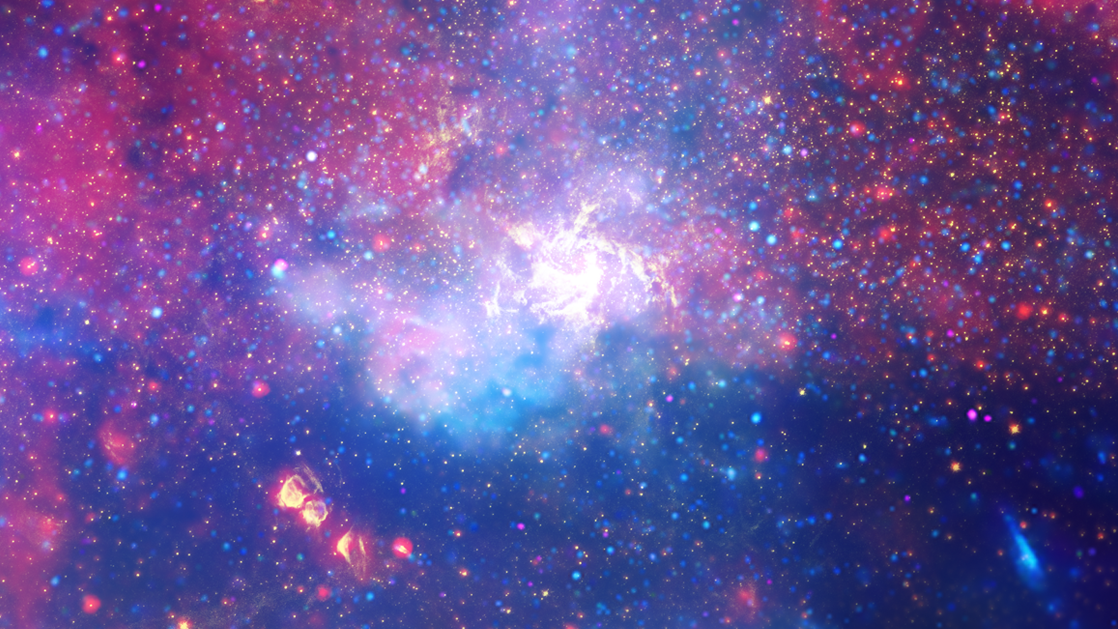
Astronomers hope that JWST will be able to address some of their big questions. For one, JWST's infrared capability means that it can peer deep into the cosmos to see the universe in its very early days, better than visible-light telescopes like Hubble can. Astronomers believe this could help the telescope observe the light of the very first stars to form after the Big Bang and understand how those stars coalesced into galaxies.
JWST's goals also include advancing the study of exoplanets. Astronomers wish to use JWST to see how stars form and develop planetary systems. Then, they might be able to zoom into those planetary systems, observe exoplanets' atmospheres and even search for traces of life called biosignatures.
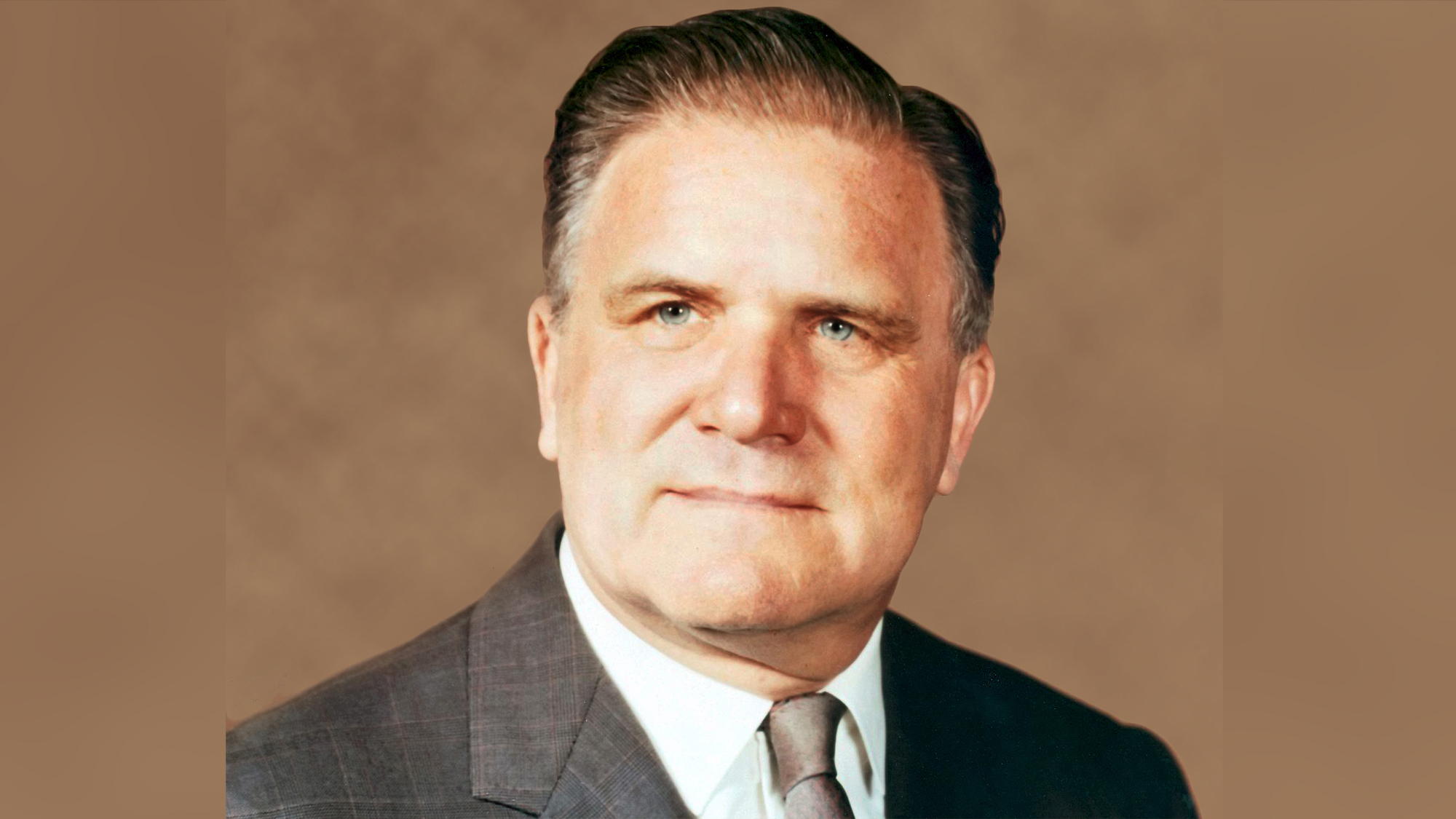
The James Webb Space Telescope is named for James Webb, who was NASA's second administrator, in office from 1961 until 1968. Although he is most commonly associated with the Apollo program that sent humans to the moon for the first time just after his tenure ended, Webb also supported the science program at NASA, according to the agency.
The observatory project, originally dubbed the Next Generation Space Telescope, was named for Webb in 2002. However, as the spacecraft has inched toward the launch pad, its name has stirred controversy. The name breaks with a NASA tradition of naming science missions — Hubble included — after scientists rather than bureaucrats.
In addition, those objecting to the name have argued that before joining NASA, Webb took part in discussions shaping the federal government's "Lavender Scare" effort to drive queer people out of the government, while during his time as administrator the agency fired a budget analyst after lengthy interrogations about alleged "immoral conduct."
Current NASA Administrator Bill Nelson stood by the name September 2021. Although the agency primarily refers to the observatory as Webb, many astronomers have retained the acronym, even offering alternative telescope titles that result in the same acronym without referencing Webb.
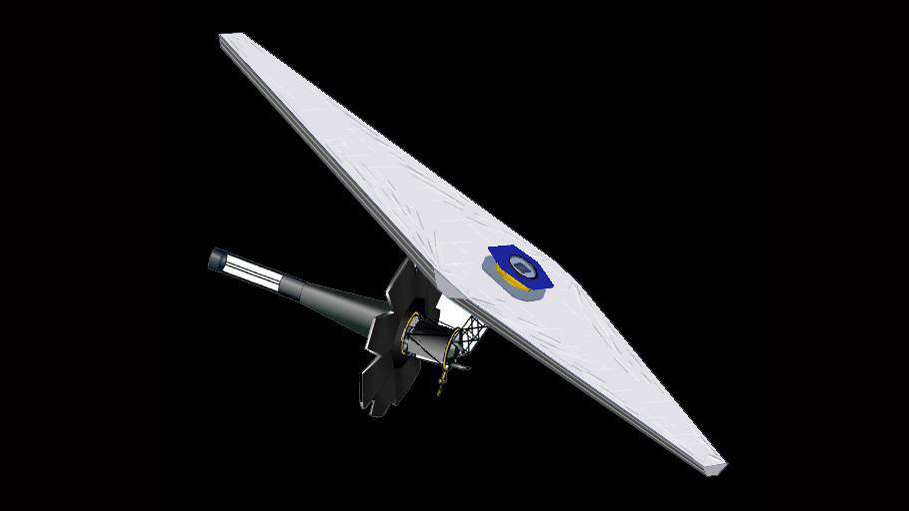
JWST's history has been a long and tortuous one. Plans for a successor to Hubble date back to the 1990s, with hopes of launching such a mission in the the decade of the 2000s. But plans kept increasing in complexity, then in cost, with the launch date slipping further into the future and the telescope not quite materializing.
Additional delays came when some of its components suffered failures and malfunctions in testing. The telescope was finally assembled completely in 2019 — just months before COVID-19 began spreading around the world, slowing the project's final steps to launch.
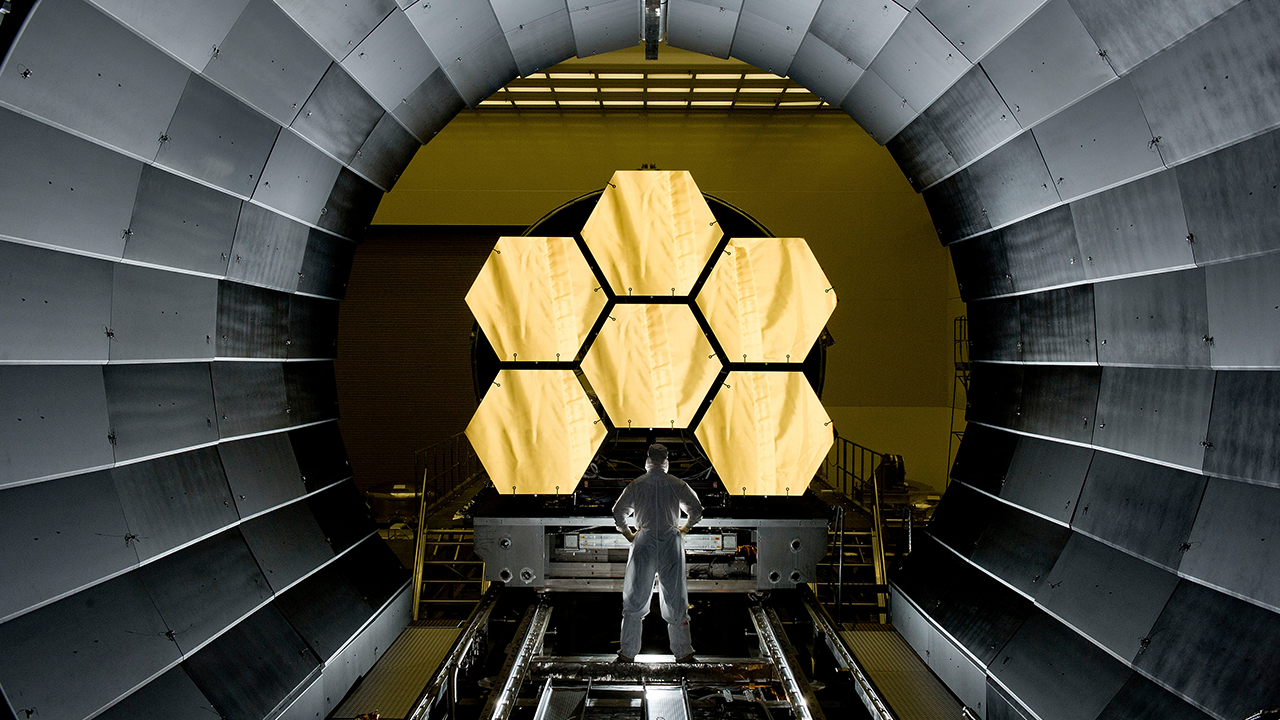
JWST's crown jewel is its mirror. At 21.3 feet (6.5 meters) across, it's the largest mirror to ever go into space — far eclipsing the 7.8-feet (2.4 m) disk that underpins Hubble. JWST's mirror, also called the Optical Telescope Element (OTE) is made from beryllium coated with gold. It's fashioned from 18 hexagonal sections, each one the size of a large table. More than 100 motors underpin the mirror to make subtle adjustments.
Building the mirror was an incredible challenge for JWST's constructors. Even the slightest imperfection could drastically hamper JWST's seeing abilities. The mirror was constructed by Ball Aerospace & Technologies and assembled at NASA's Goddard Space Flight Center in Maryland.
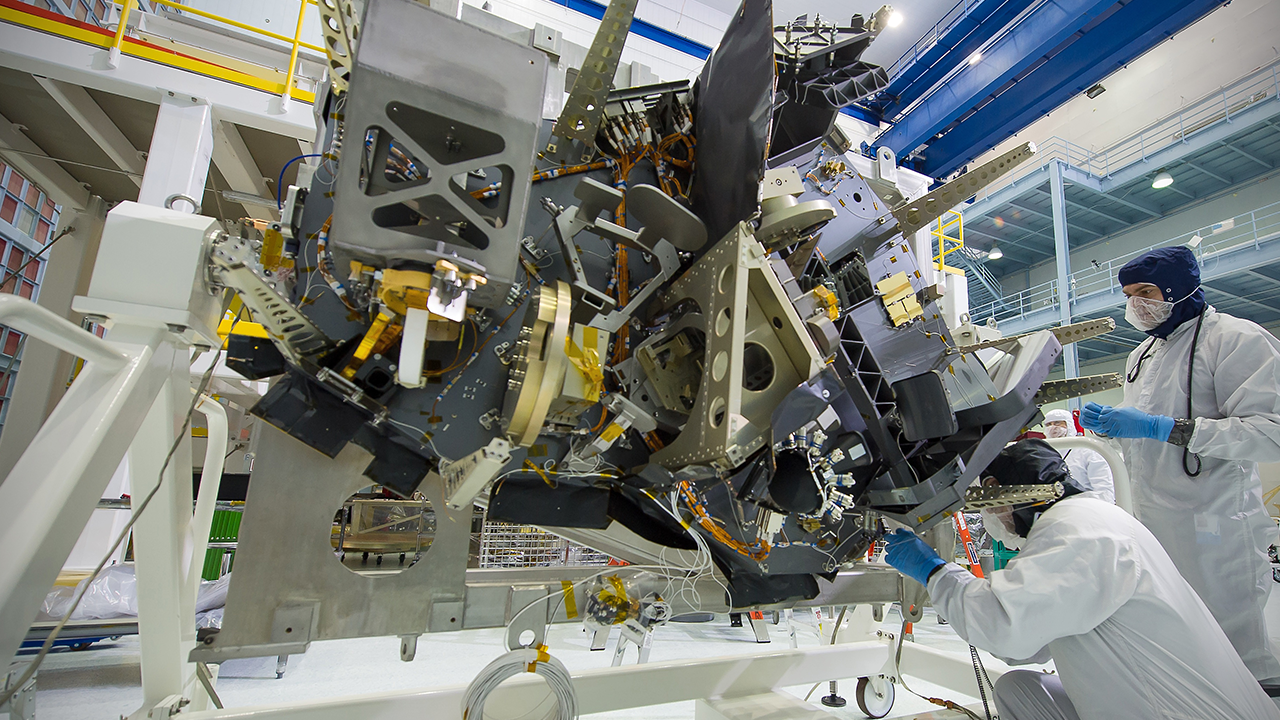
Hubble observes, for the most part, in visible light. JWST, on the other hand, will observe in longer, redder wavelengths, mostly in the infrared. Scientists hope that this capability will allow the telescope to look at objects farther from us; light from these objects are are "redshifted" into longer wavelengths. JWST carries four instruments designed specifically to very sensitively detect infrared signals.
The instruments will be contained in a spacecraft bus, a box made primarily of graphite composite, which also contains JWST's thrusters, computer, and communications equipment. In essence, the bus is JWST's heart and brains.
The bus is protected by a massive sunshield and equipped with a cryocooler that uses helium to keep its components at a frigid 37 degrees Kelvin (minus 393 degrees Fahrenheit or minus 236 degrees Celsius).
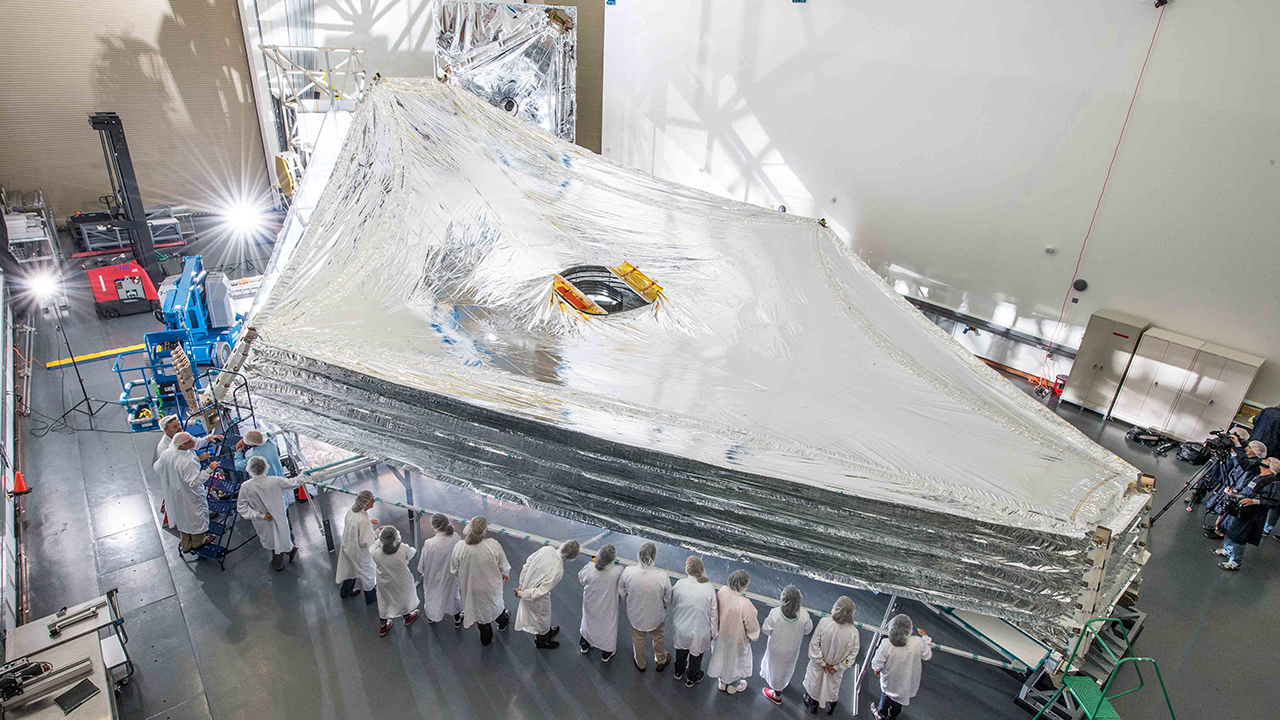
In order to keep JWST in prime condition to observe weak infrared signals, it needs to be kept cold — very cold indeed, below 50 degrees K (minus 370 degrees F or minus 223 degrees C). Any warmer would mean the telescope would lose the crucial sensitivity it needs, and even the subtlest temperature variations can throw off the mirror. Fortunately, on top of cryocoolers, JWST is equipped for that very purpose with a massive sunshield.
JWST launched with the sunshield folded. Within the first two weeks of the observatory's flight, the sunshield unfurled to cover the length of a tennis court. The sunshield consists of five layers of a polymer called Kaplon E, sandwiched between aluminum and silicon to reflect sunlight and heat away from the observatory. While JWST orbits, the sunshield always stands between its mirror and the direction of the sun.
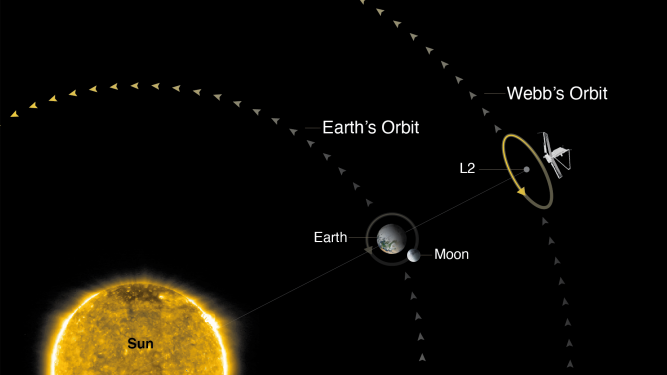
Unfolding and unstacking the sunshield's layers is only one aspect of JWST's complicated deployment. All told, the process took a month, which NASA dubbed "29 days on the edge." During this time, JWST also trekked out to its posting.
JWST does not orbit the Earth itself, but rather in a point where the gravitational pulls of the Earth and the sun equalize each other, called a Lagrange point. Specifically, the observatory is stationed at the Earth-sun L2, on the far side of the Earth from the sun. Here, the telescope always lies in the Earth's shadow, giving instruments a clearer read on the cosmos. JWST actually orbits the Earth-sun L2 point, spending half an Earth year to complete one loop around the spot.
One disadvantage of this orbit is that, since it's a full 930,000 miles (1.5 million km) from Earth — three times the distance from the Earth to the moon — JWST is too distant for repairs like the ones that Hubble experienced. This orbit is also inherently unstable, meaning that JWST must perform station-keeping, constantly adjusting its velocity by a few meters per second every year.
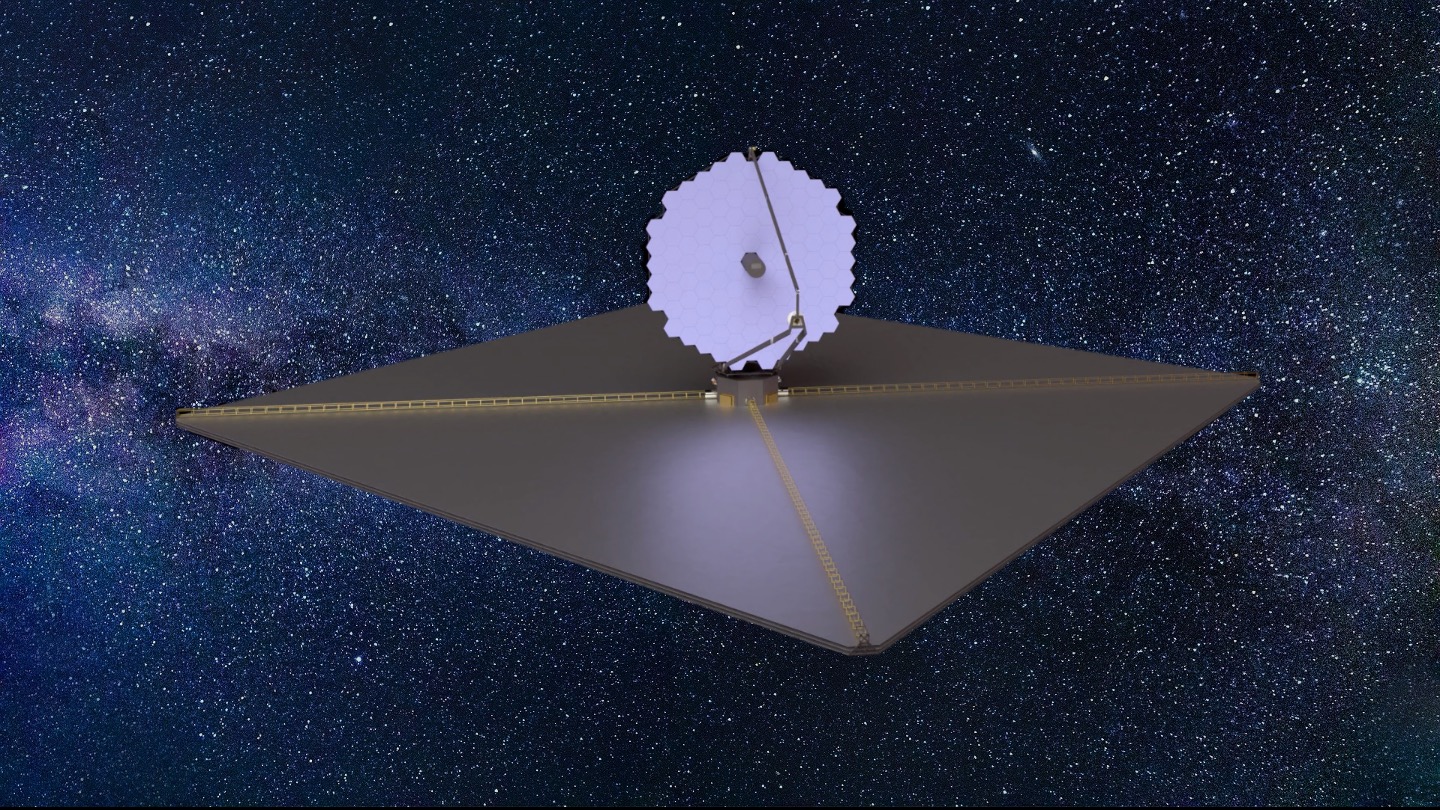
JWST's initial mission is scheduled to last 10 years. The key limiting constraint is that the telescope needs its thrusters to keep itself in orbit; those thrusters have enough propellant to last 10 years. Moreover, the observatory's design and its distance from Earth mean that JWST cannot be repaired or upgraded, as Hubble was.
But scientists are already exploring what observatories they may want to follow JWST. Take, for instance, the Large Ultraviolet Optical Infrared Surveyor (LUVOIR), which would observe in wavelengths from the ultraviolet to the infrared, and whose mirror is proposed to be almost twice as wide as JWST's. LUVOIR, astronomers say, could be the key to fulfilling one of astronomy's greatest quests: the search for an Earth-like planet that holds life.
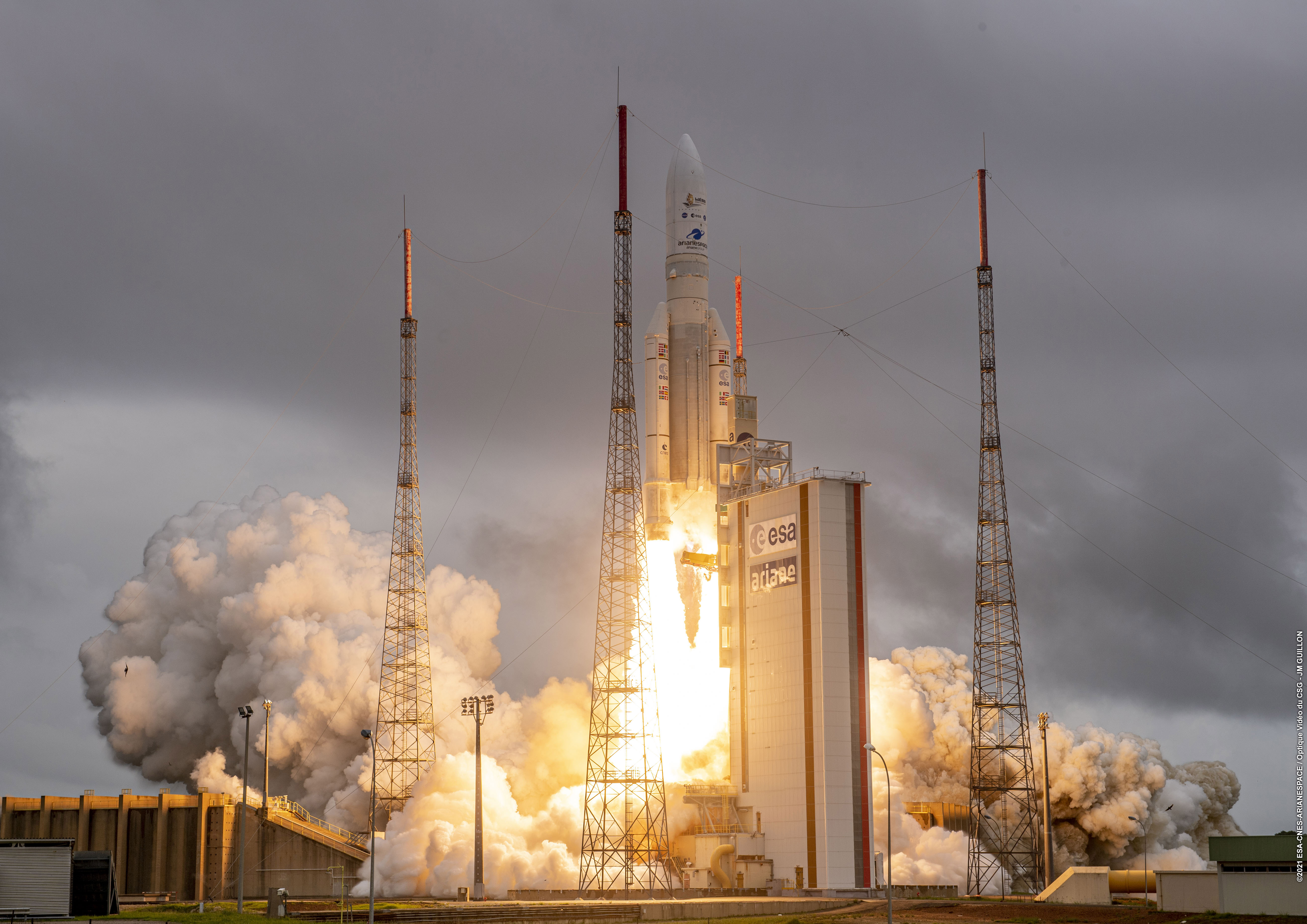
Although JWST is led by NASA, the telescope is a multinational science project; the European Space Agency is a key partner that handled the launch as a major contribution to the project. Its components come from a number of different facilities, but the telescope was assembled by Northrop Grumman in Redondo Beach, California, south of Los Angeles.
In September, the telescope left southern California, sailed through the Panama Canal, and arrived at its final terrestrial port of call, the European Space Agency's launch site at Kourou in French Guiana. The mission launched on Dec 25, 2021, from ESA's launch site at Kourou in French Guiana, at 7:20 a.m. EST (1220 GMT; 9:20 a.m. local time in Kourou), aboard an Arianespace Ariane 5 rocket.
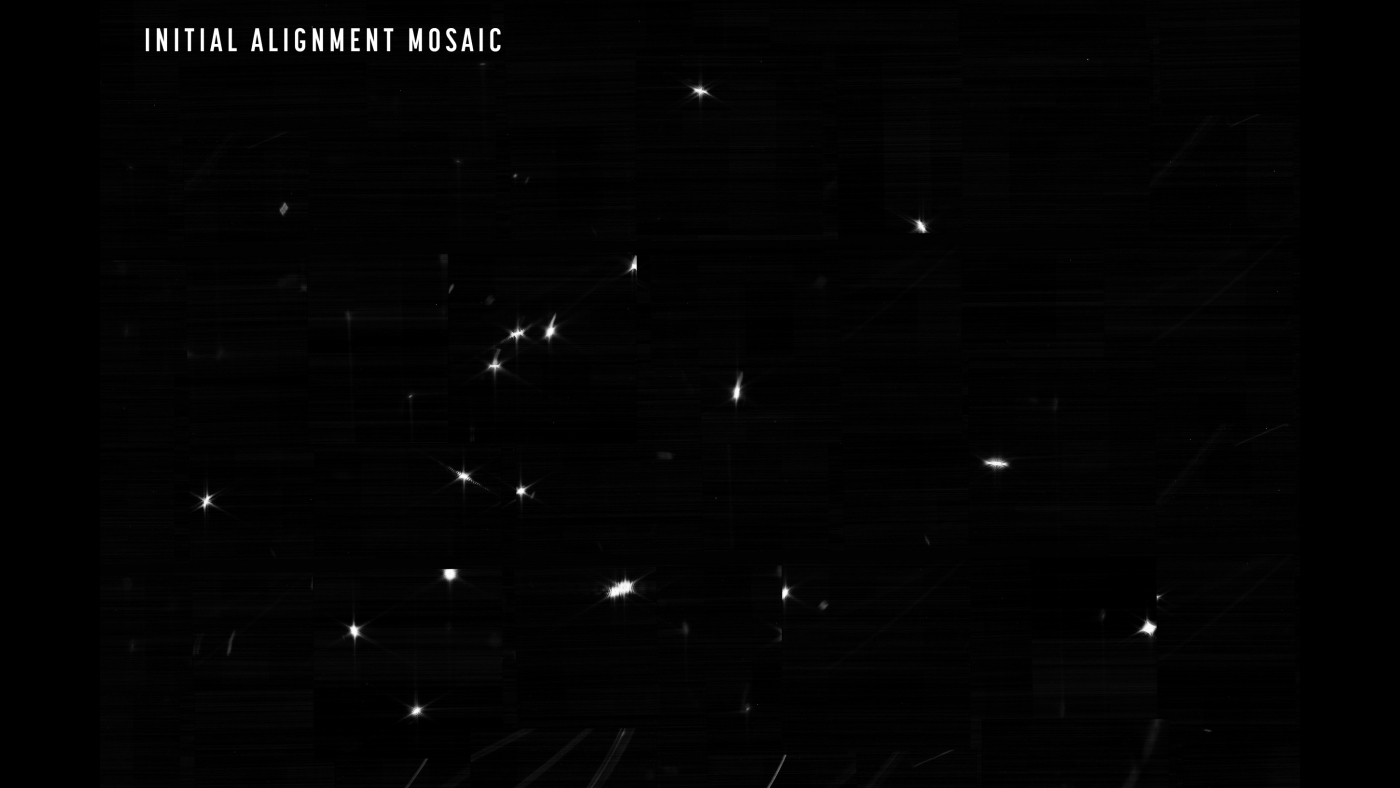
On Feb. 11, NASA announced that the James Webb Space Telescope had captured its first images of starlight. The first image taken by Webb was of a star called HD 84406. Light from HD84406 was captured by Webb's 18 mirror segments located on the primary mirror, resulting in a mosaic of 18 scattered bright dots.
Webb's mirrors then underwent numerous alignment procedures and brought 18 unfocused copies of a star into a deliberate hexagonal formation.
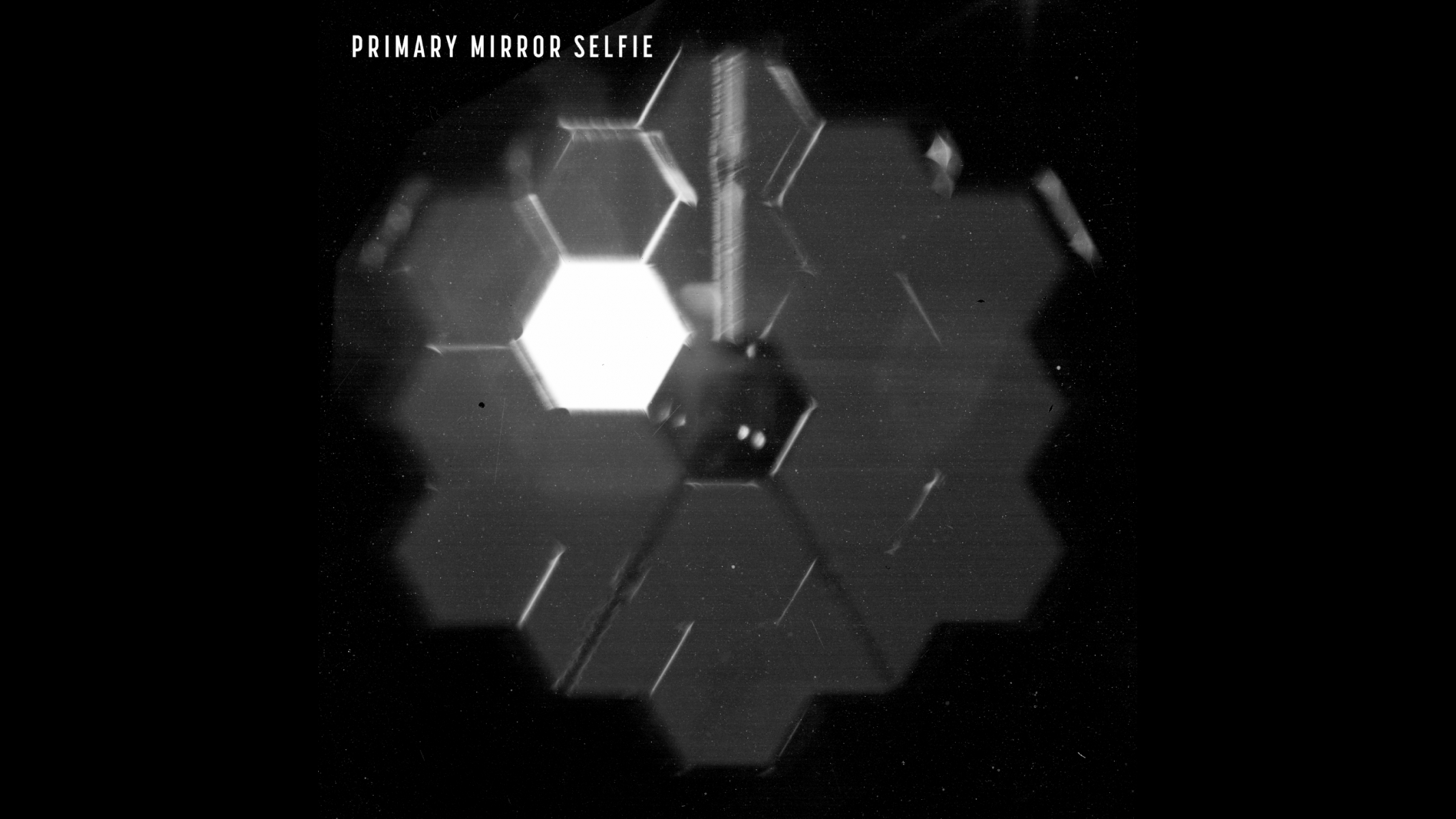
During the primary mirror alignment process Webb took an impressive "selfie" using a specialized camera inside the NIRCam instrument. The camera is designed to be used for engineering and alignment purposes.
This "selfie" shows one of the mirror segments shining brighter than the others, this is because at the time of the photograph it was the only segment currently aligned and pointing at a star. Webb then aligned each of the mirror segments one by one.
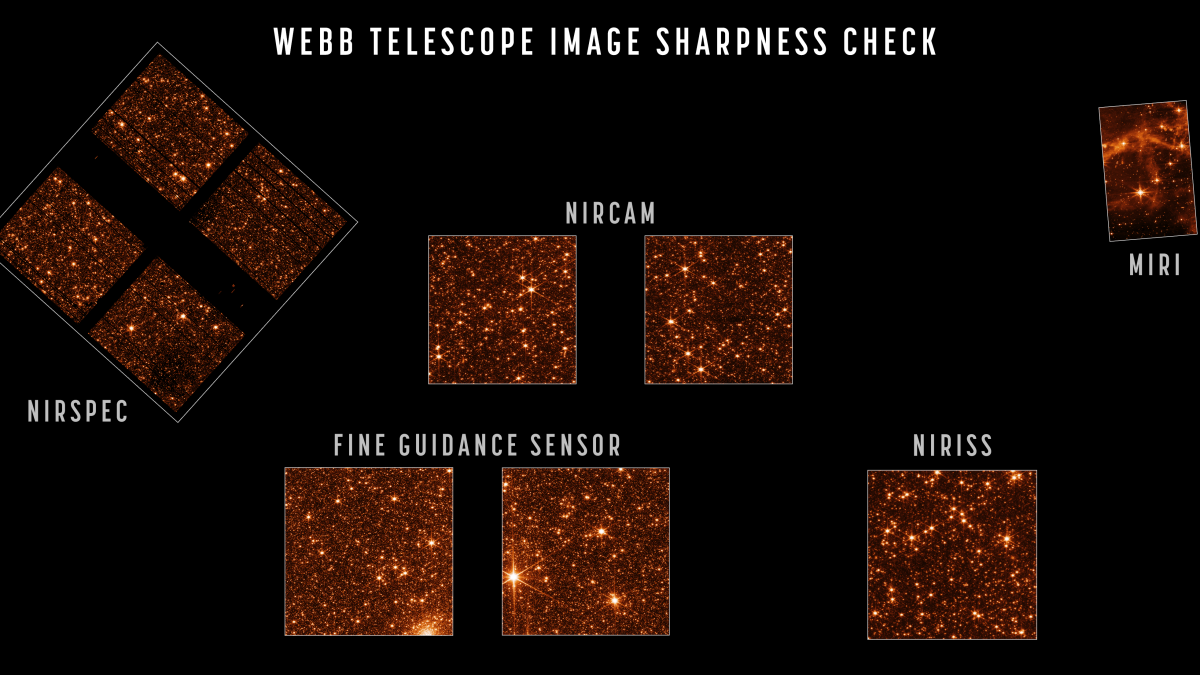
On April 28, NASA announced in a statement that the James Webb Space Telescope had finished its alignment phase after demonstrating it can capture "crisp, well-focused images" with all four of its scientific instruments.
After completing the final stage of telescope alignment, Webb was deemed ready to move forward into its next and final series of preparations: science instrument commissioning.

Rahul Rao is a graduate of New York University's SHERP and a freelance science writer, regularly covering physics, space, and infrastructure. His work has appeared in Gizmodo, Popular Science, Inverse, IEEE Spectrum, and Continuum. He enjoys riding trains for fun, and he has seen every surviving episode of Doctor Who. He holds a masters degree in science writing from New York University's Science, Health and Environmental Reporting Program (SHERP) and earned a bachelors degree from Vanderbilt University, where he studied English and physics.
